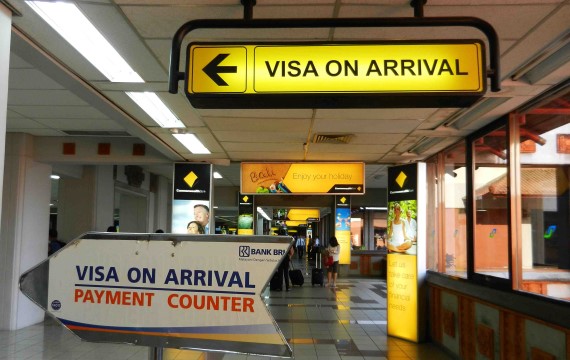‘Visa-on-arrival’ boost for global travel
 Quietly and slowly, the world is becoming more ‘open for business’. A growing number of countries is changing their policy from ‘visa required’ to ‘visa-on-arrival’, says a UNWTO report. This is good for tourism as well as business travel.
Quietly and slowly, the world is becoming more ‘open for business’. A growing number of countries is changing their policy from ‘visa required’ to ‘visa-on-arrival’, says a UNWTO report. This is good for tourism as well as business travel.
Out of 5,100 visa requirement changes globally over two-year period, a vast majority — 70 per cent — of these involved changing from “visa required” to enter a country to “visa on arrival”. Opening up travel policies is commonly seen in emerging economies, like the BRIC countries. The idea behind opening up borders is to attract tourism and business travellers. Dropping visa requirements is an effective way to spur and grow economies.
In 2008 countries requested from an average 77 per cent of the world’s population to apply for a traditional visa prior to departure; this percentage was down to 63 per cent by 2012, says UNWTO. Digitally delivered E-visas that do not require a traveller to visit an embassy, are on the rise, with Australia and UAE as the frontrunners.
Southeast Asian, East African and Caribbean countries are among the most open destinations, Central African and North American countries are the most restrictive. Only 11 per cent of the world’s population can enter North America without a visa. On the other end of the scale is China, where in many cities foreign visitors are allowed to stay for three days without a visa if they are heading on to another country. This applies to 45 countries, giving business travel to these regions a huge boost. India has expanded its visa on arrival policy and countries in South East Asia may introduce a common regional ASEAN visa to promote economic development.



